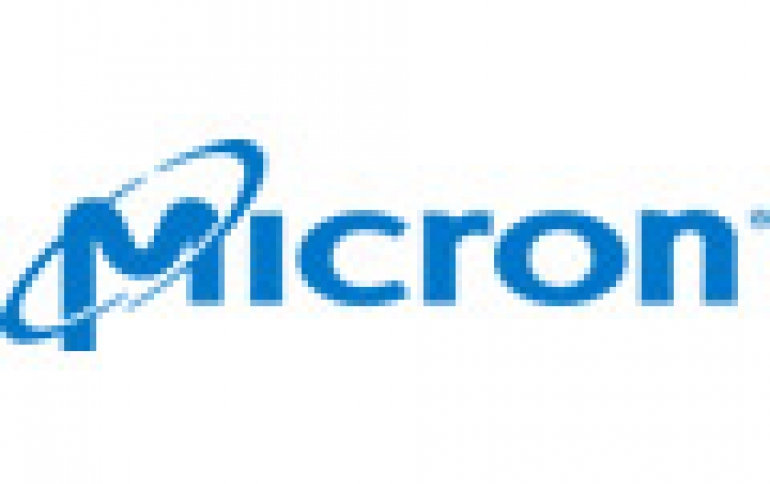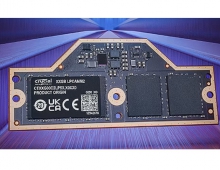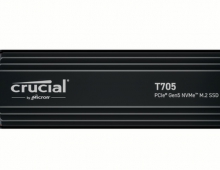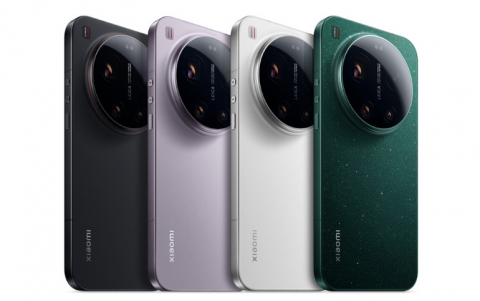
Micron's 2017 Roadmap Includes 64-layer 3D NAND And GDDR6
In 2017, Micron plans to ramp up production of their 64-layer second generation 3D NAND, start producing 1Y nm DRAM and also introduce GDDR6 memory along with 3D Xpoint products.
The company held its 2017 Analyst Conference and their executives provided updates on the status and future plans for all their major business units.
Starting with the non-volatile memory, which includes NAND Flash and 3D XPoint memory, Micron plans to ramp up production of their 64-layer second generation 3D NAND, which is currently sampling. The company expects to be able to deliver chips by the end of their fiscal year (December 2017). The 64-layer 3D NAND will increase the total GB per wafer by more than 80% and decrease the cost per bit of TLC by at least 30%.
Micron's second generation 3D NAND will be available in two different die sizes: a 512Gb 64-layer 3D TLC part and a smaller 256Gb 3D TLC part. This die is planned to be the smallest 256Gb NAND flash die available from any vendor, at 59 mm^2 or 4.3Gb/mm^2. The smaller die is intended for the mobile market.
Moving forward, Micron promised to begin small scale manufacturing of their third generation 3D NAND flash in the second half of 2017. They are estimating that GB/wafer will improve by more than 40%, suggesting that they'll be moving to about 96 layers.
In FY2017, Micron will also develop four bit per cell (QLC) NAND flash but the launch of an actual product will depend on the market requirments. QLC NAND will be most probably introduced for certain cloud computing uses.
Micron shared very few details about 3D XPoint. The company said that the memory is considered as "commercially ready" technology, with work underway on second and third generation 3D XPoint chips.
Intel and Micron jointly developed the first-generation 3D Xpoint technology, which was announced in 2015. The partnership now seems to be turning into a healthy "rivalry."
Intel ships its first low-capacity Optanes for PCs, and Micron is already researching the newxt generations of 3D Xpoint technology. Micron's 3D Xpoint products are called QuantX. The companies believe 3D Xpoint products could ultimately replace conventional SSDs and DRAM in PCs and servers.
Intel has said Optane SSDs are 10 times faster than conventional SSDs. The companies say the new technology is significantly denser than DRAM. Micron has a different strategy than Intel for the development of QuantX. Instead of PCs, it will target high-capacity QuantX SSDs and DRAM at servers and high-end systems.
Moving on to DRAm plans, Micron last year ramped up production of their 20nm DRAM. In 2017, Micron will be ramping up and begin transitioning to their "1xnm" (16nm) node for DRAM, improving cost per GB by at least 20%. They plan to introduce 16nm GDDR5 later this year.
Development is underway for both their 1Y nm and 1Z nm DRAM nodes, with initial manufacturing of 1Y nm DRAM expected to begin in the second half of 2017. GDDR5X volume is expected to grow significantly to satisfy uses involving GPUs and networking, and around the end of this year or early next year Micron plans to introduce GDDR6 memory.





















